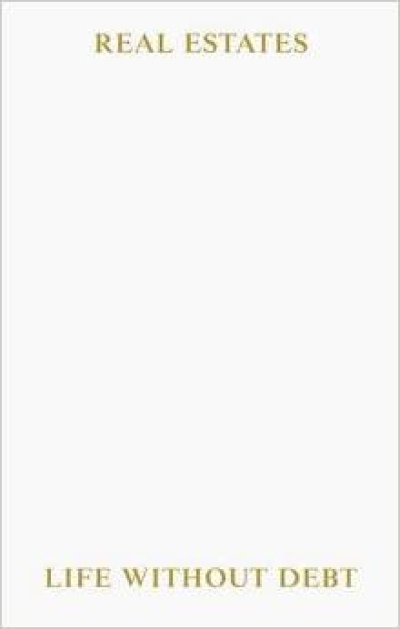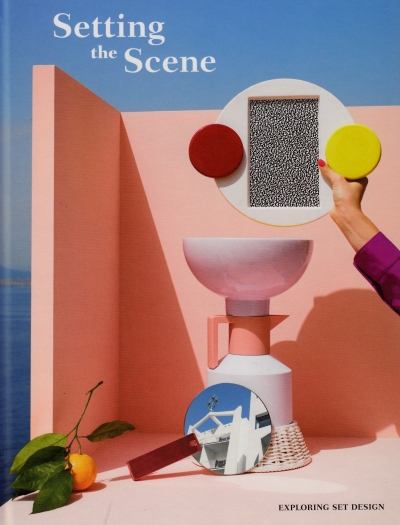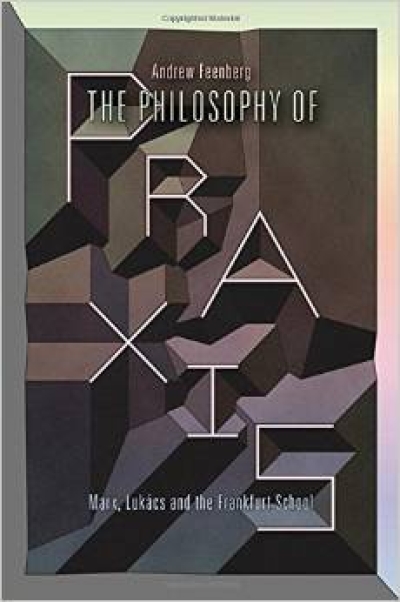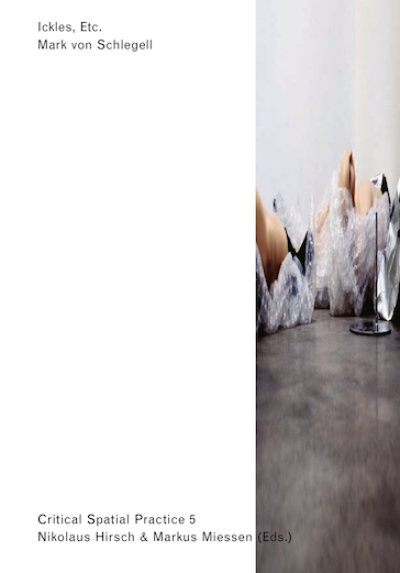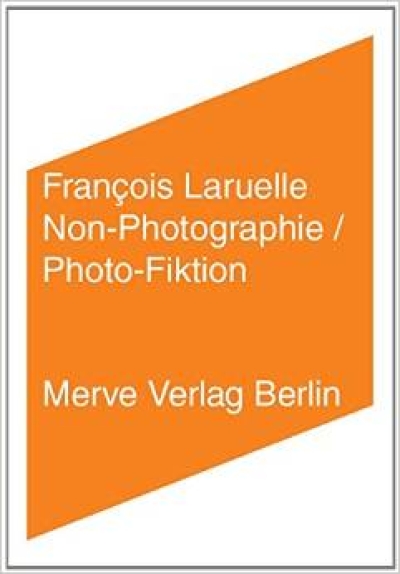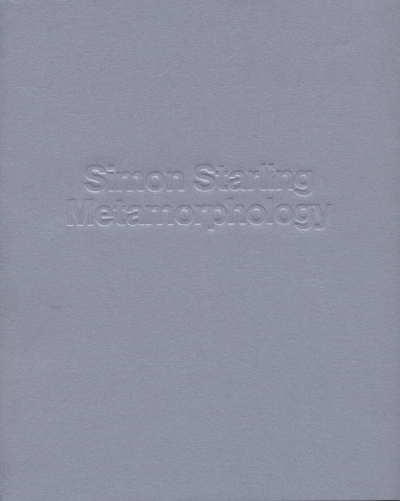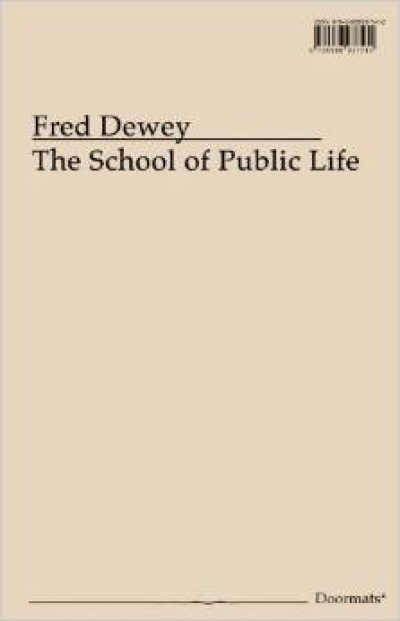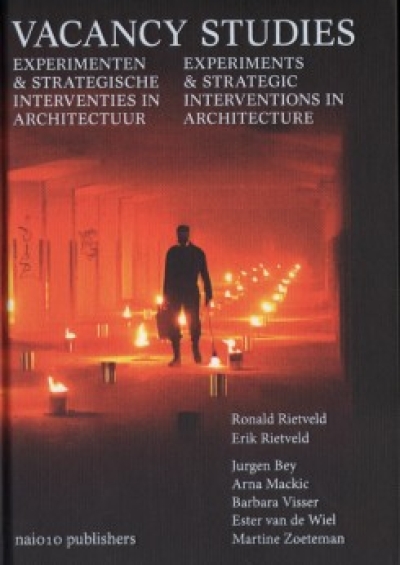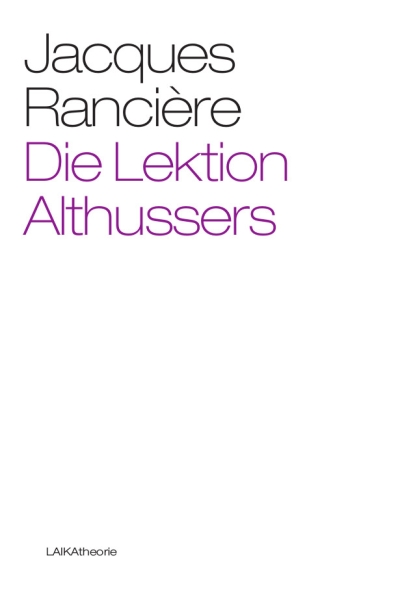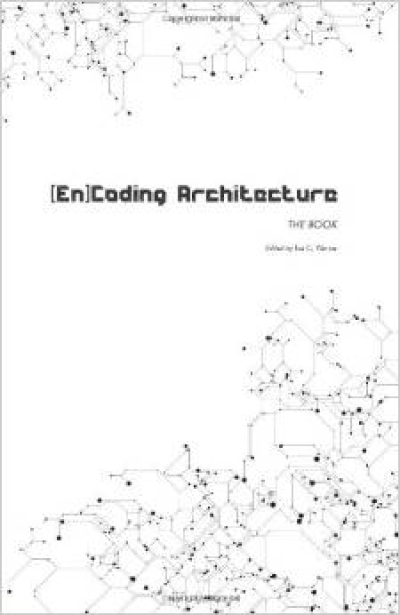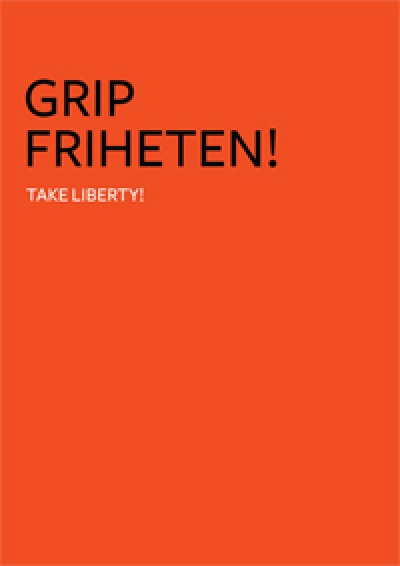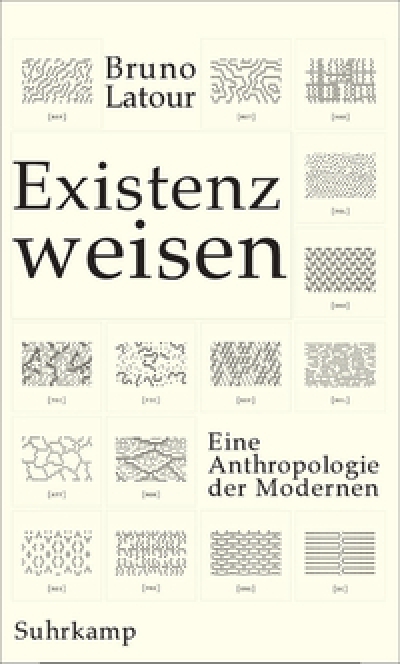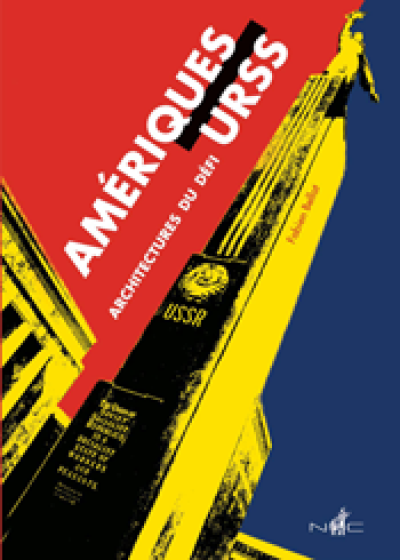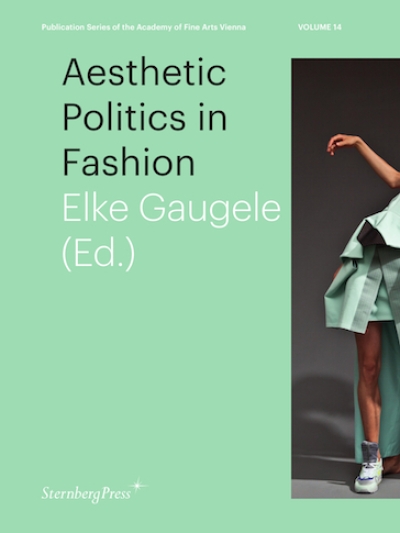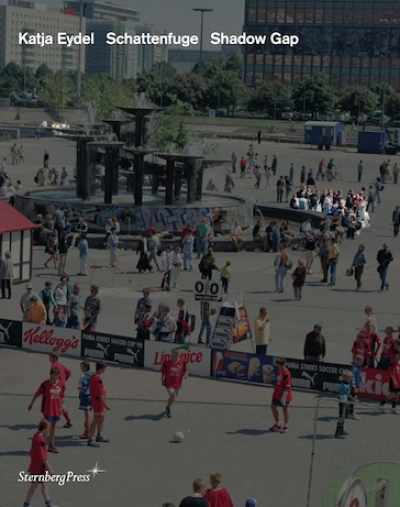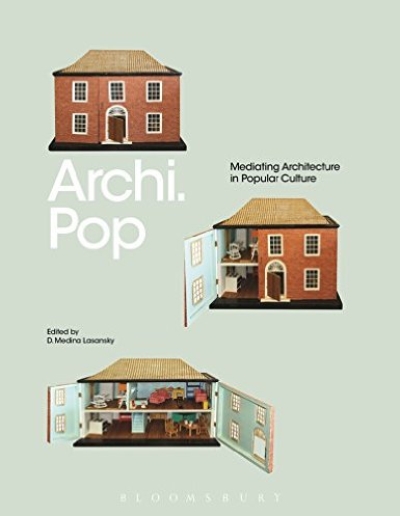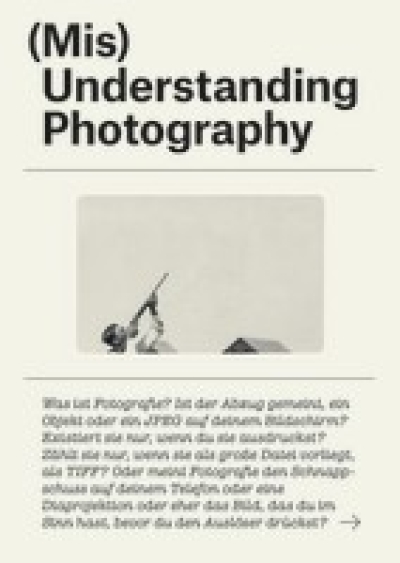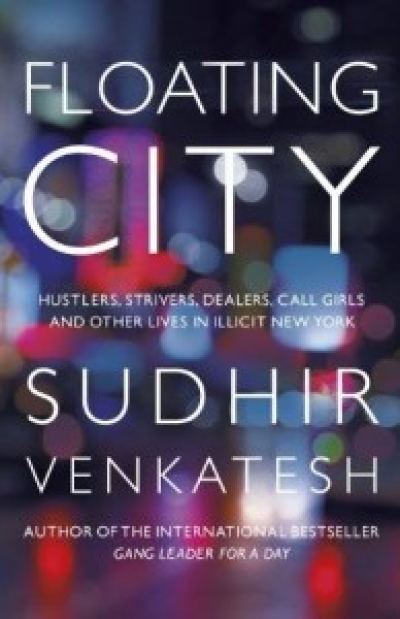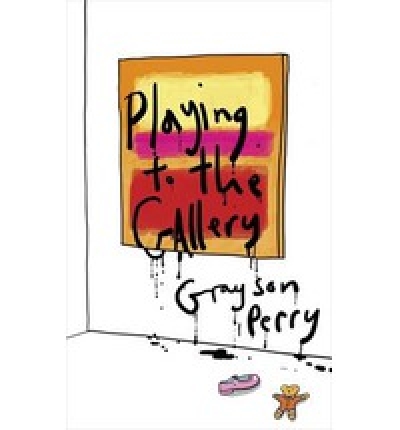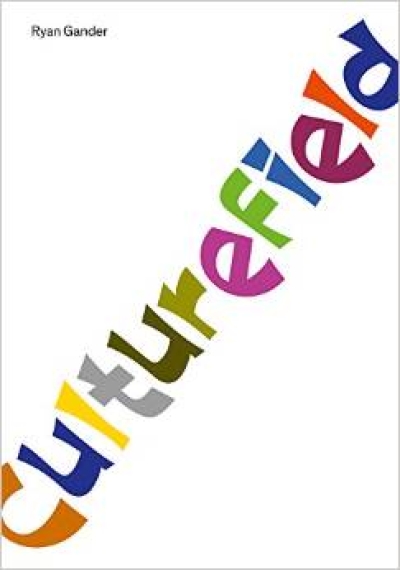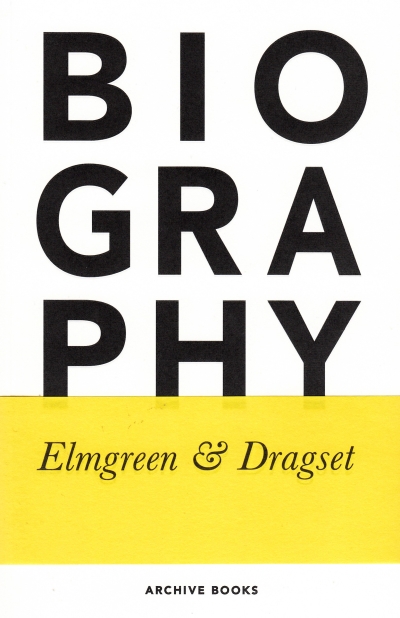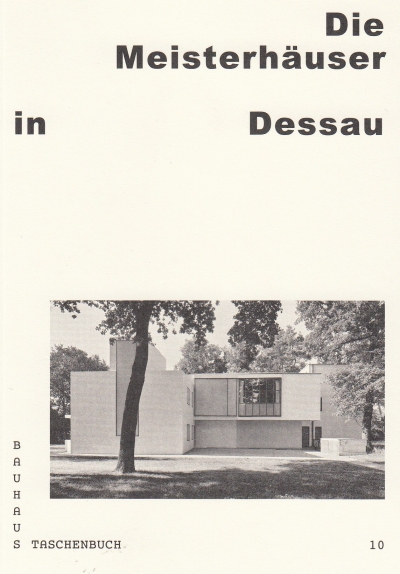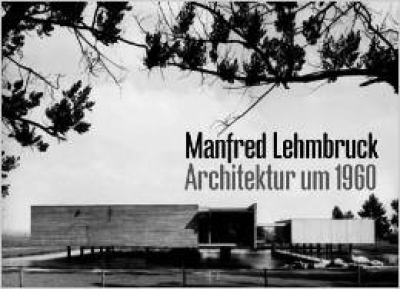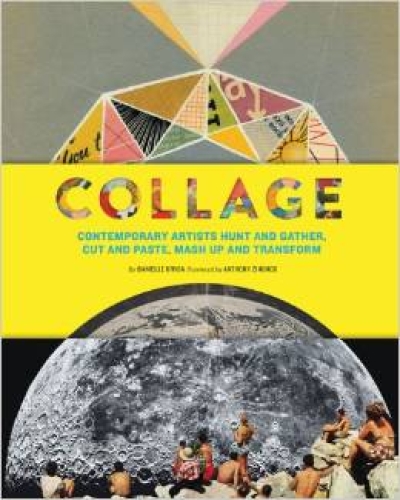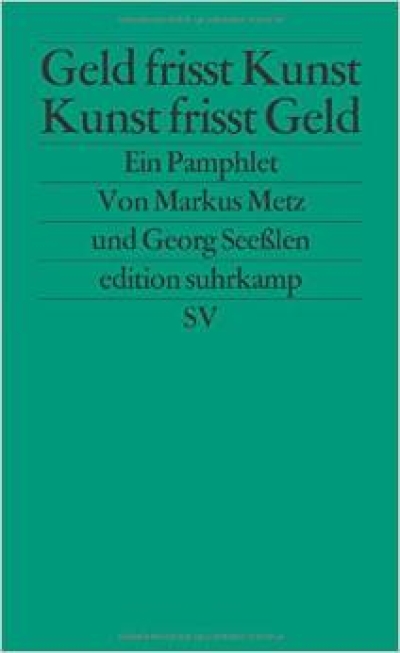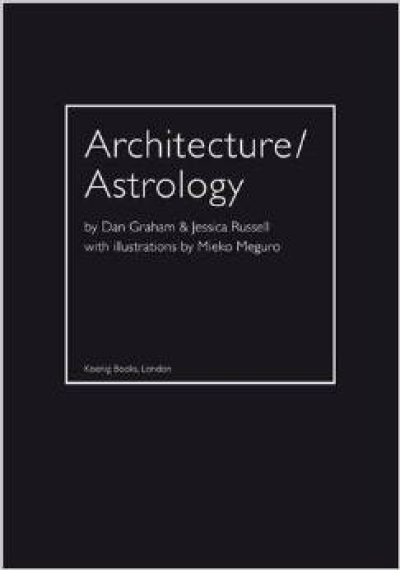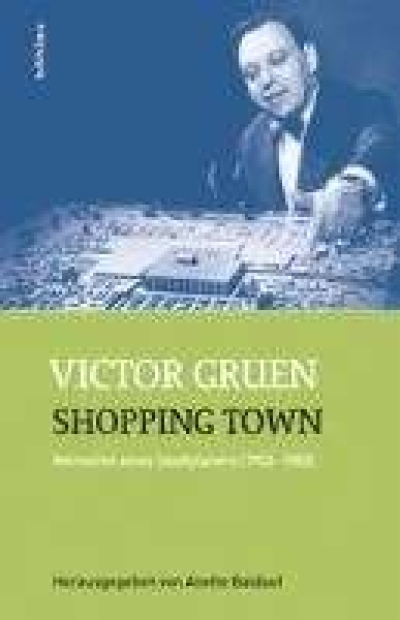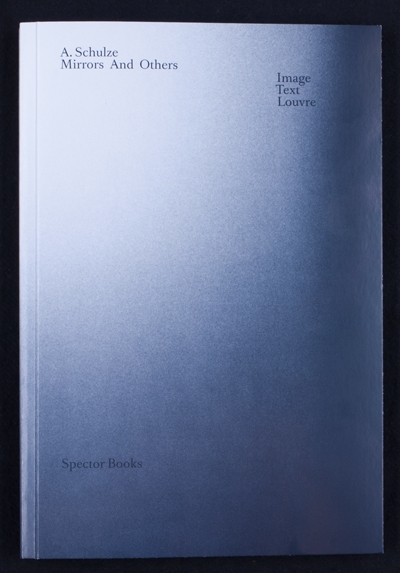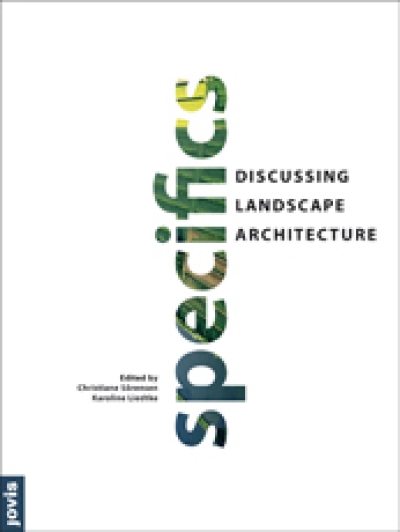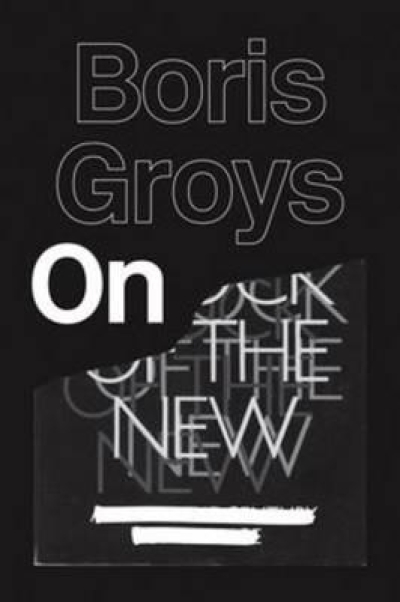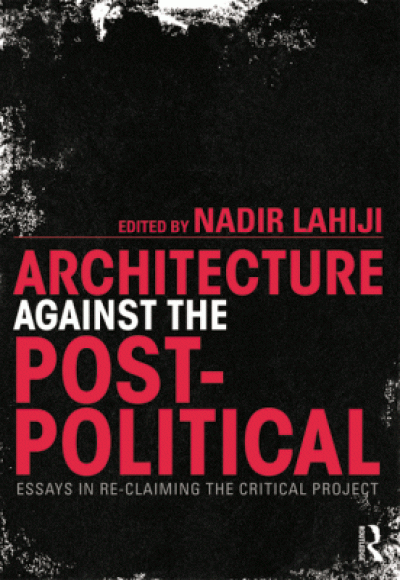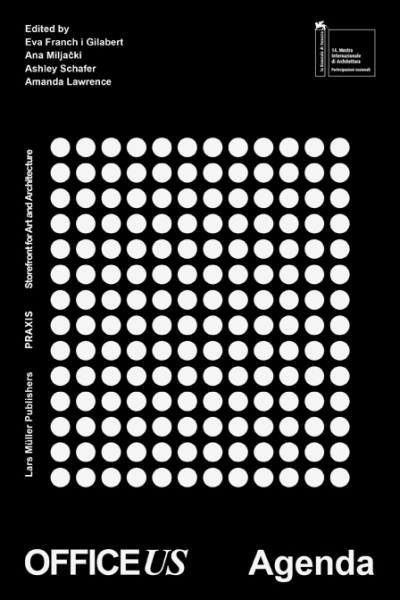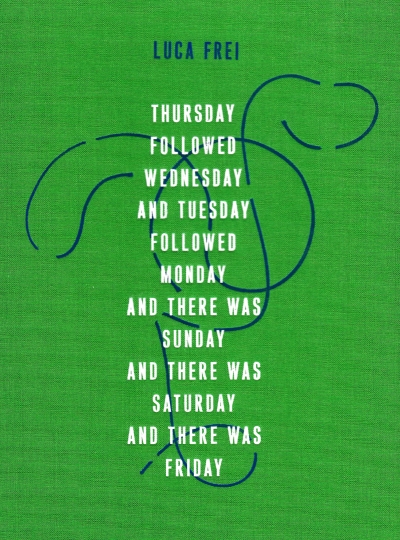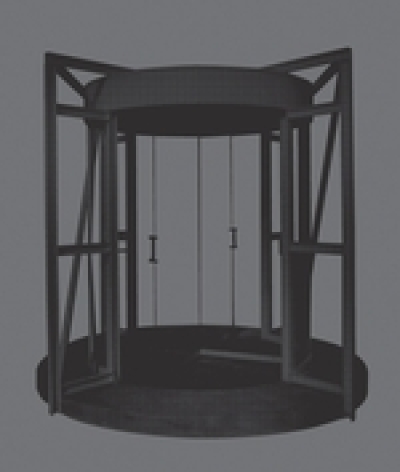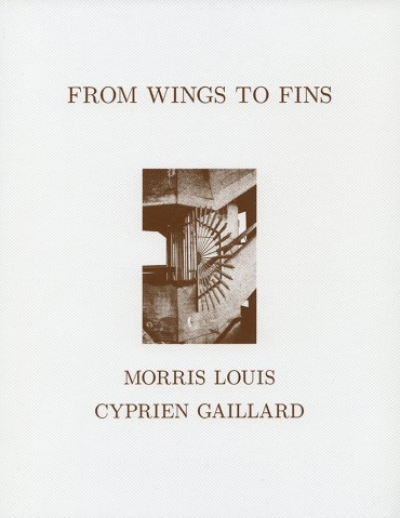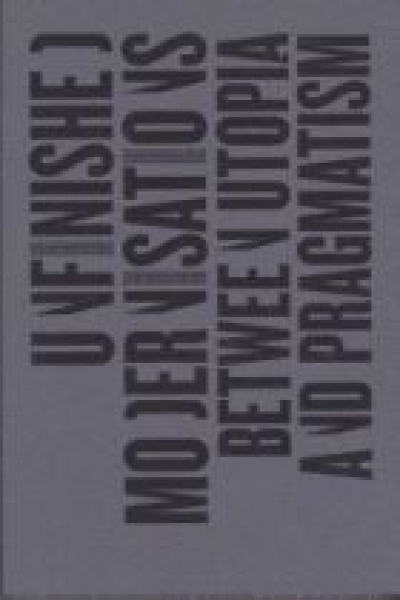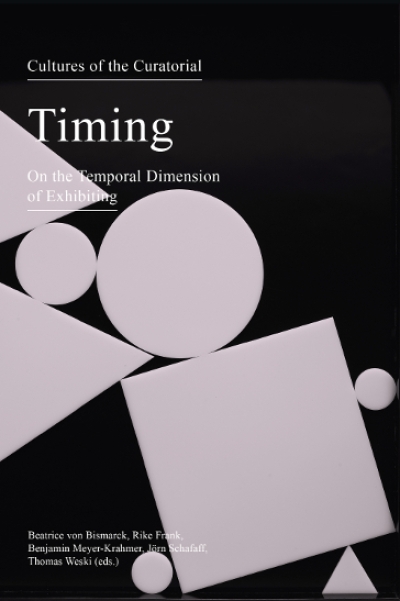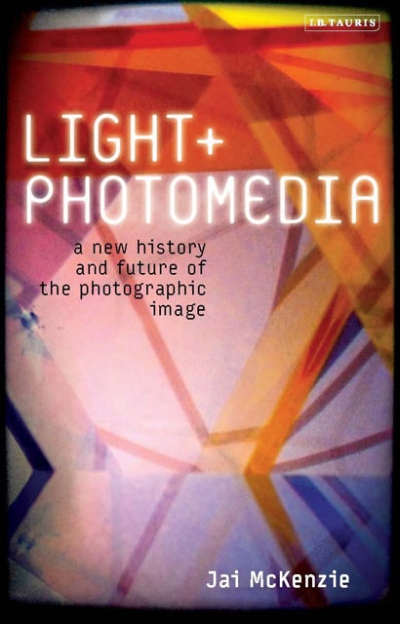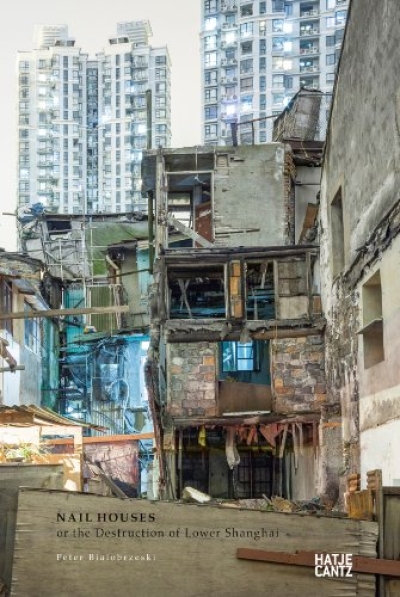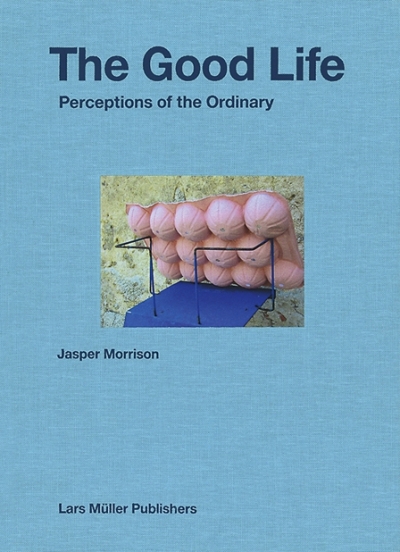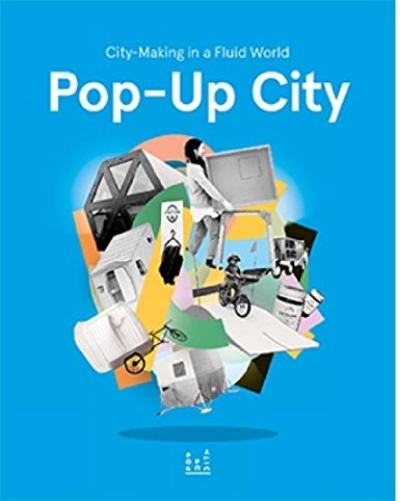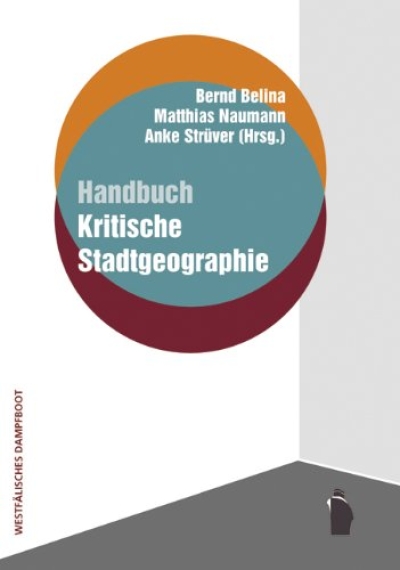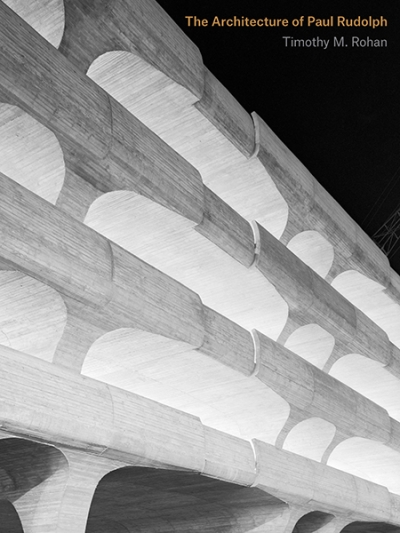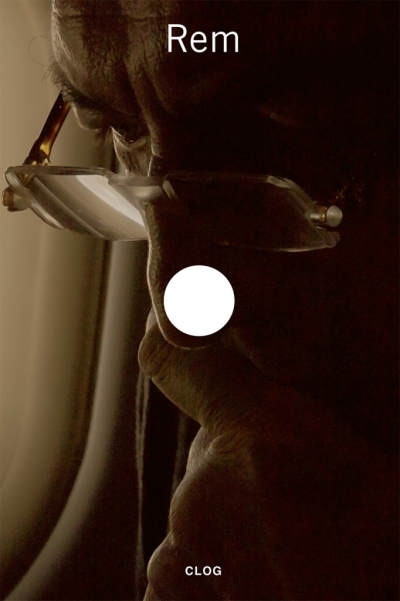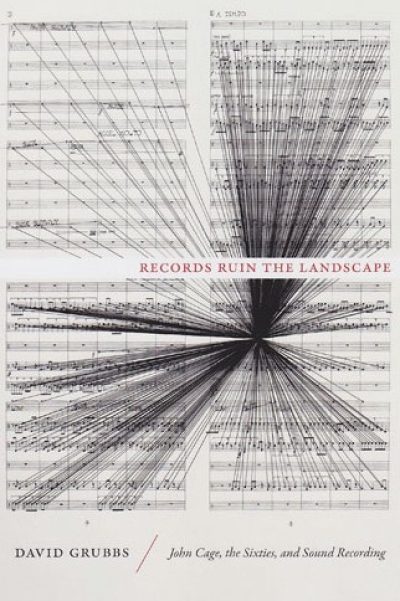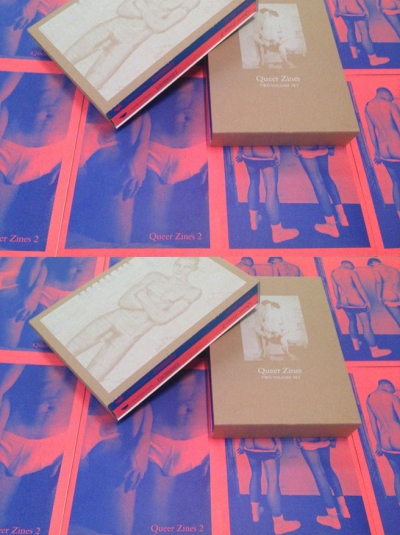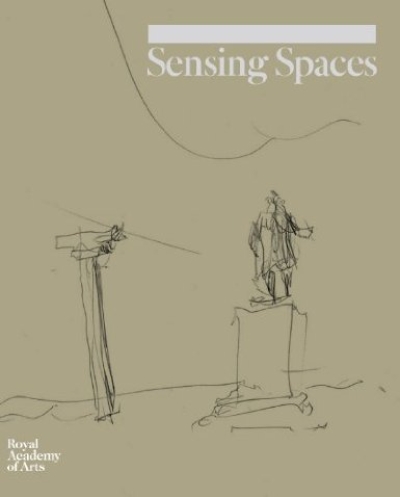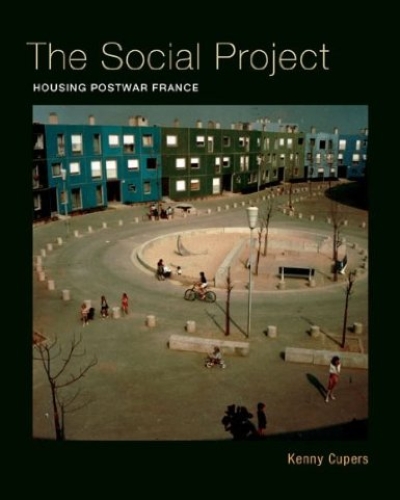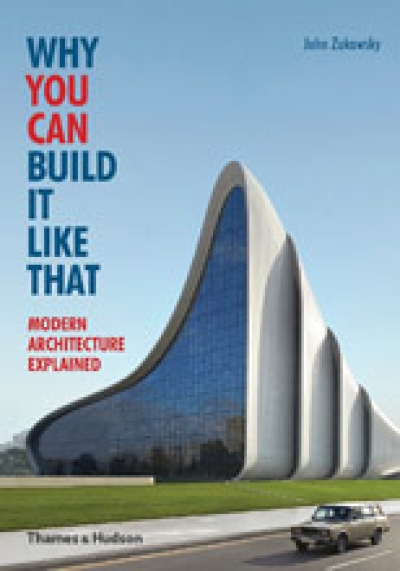
Why You Can Build it Like That. Modern Architecture Explained
In this original and engaging study of iconic and iconoclastic modern architecture from the unusual to the truly avant-garde, John Zukowsky examines the design and purpose of 100 modern buildings and the reaction they provoked when they were built.
From the work of such world-renowned architects as Ludwig Mies van der Rohe, Frank Gehry and Zaha Hadid to the maverick creations of Bruce Goff, Shin Takamatsu and Shigeru Ban, extraordinary buildings are part of our everyday lives – but some buildings provoke strong reactions. ‘Not in my backyard’ is a phrase often heard in the discussion of architecture, but what is it about these buildings that is so controversial?
This fascinating study selects 100 iconoclastic buildings that pushed the boundaries of the acceptable when they were built, but have since become revered. It unravels the complex stories behind their construction, placing each building in its cultural context and discussing why it was created and what influence it has had on architectural design.
You’ll discover why some architects choose to prioritize function over aesthetic appeal – or vice-versa – and why others appear to challenge every accepted architectural value. You’ll also learn how many buildings were influenced by global events such as the Space Race, and how others were made possible by timely technological innovation.
John Zukowsky is an architectural and design historian with more than forty years’ experience working in large and small museums, some of which are historic landmarks. As curator of architecture at the Art Institute of Chicago, he organized a number of award-winning exhibitions and wrote accompanying books. Since then, he has held several executive positions at institutions in Chicago, New York and Ohio. Zukowsky earned an MA and PhD in art and architectural history from Binghamton University in New York and has been the recipient of honours from the American Institute of Architects and the republics of Austria and France.
